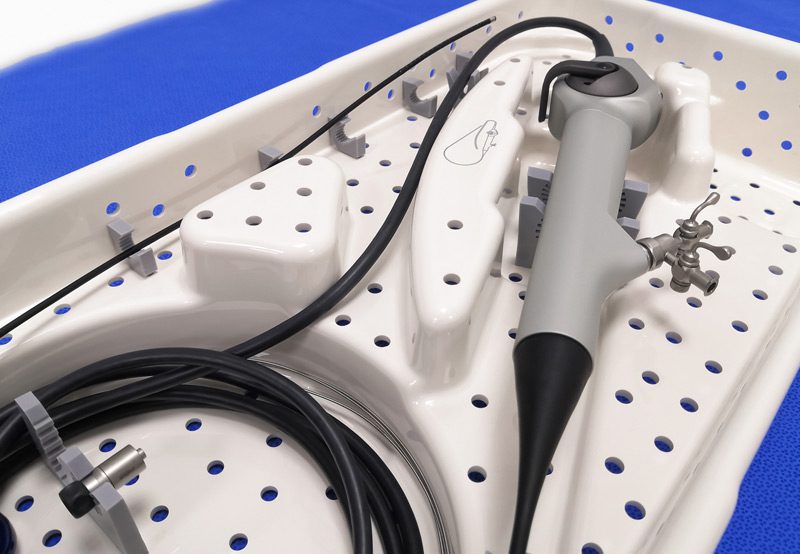

Ureteroscopy is a minimally invasive procedure used to diagnose and treat conditions affecting the ureters and kidneys. It involves the use of a thin, flexible or rigid instrument called a ureteroscope, which is passed through the urethra and bladder into the ureter. This allows direct visualization of the urinary tract and enables treatment of obstructions, strictures, or stones without the need for external incisions.
Conditions Treated
- Kidney Stones: Ureteroscopy is commonly used to locate and remove stones from the ureter or kidney. Laser energy may be used to break stones into smaller pieces that can be removed or passed naturally.
- Ureteral Strictures: Narrowed segments of the ureter can be diagnosed and treated during ureteroscopy, often with balloon dilation or internal incision (endoureterotomy).
- Ureteral Cancer: Suspicious lesions can be biopsied or removed during ureteroscopy for diagnosis and staging.
- Hematuria: If blood in the urine has no clear cause, ureteroscopy allows the urologist to inspect the lining of the ureter and renal pelvis directly.
- Urinary Tract Obstruction: The procedure can identify and treat blockages that interfere with urine flow from the kidney to the bladder.

What to Expect
- Outpatient Procedure: Ureteroscopy is typically performed as an outpatient surgery under general or regional anesthesia.
- No Incisions: The procedure is performed entirely through the natural urinary pathway, avoiding external cuts.
- Stone Fragmentation: If kidney or ureteral stones are found, a laser (such as holmium laser) may be used to break them up. The fragments are then removed with a small basket or allowed to pass naturally.
- Stent Placement: A temporary ureteral stent may be placed to ensure urine drainage and support healing. It is usually removed after a few days to a few weeks.
- Recovery: Patients often resume normal activities within 24–48 hours. Mild burning with urination and blood in the urine are common for a short period after the procedure.
Benefits
- Effective Stone Removal: Especially for stones that are too large to pass or have caused obstruction.
- Minimally Invasive: No external wounds, minimal pain, and fast recovery.
- Precise Diagnosis: Allows direct visualization and biopsy of abnormalities within the ureter and kidney.
- Versatile Treatment: Can address multiple conditions in a single session.
Next Steps
If you have persistent kidney stones, blood in the urine, or signs of urinary obstruction, ureteroscopy may be an appropriate diagnostic and treatment option. Speak with a urologist to determine if this minimally invasive procedure aligns with your condition and overall health needs.
